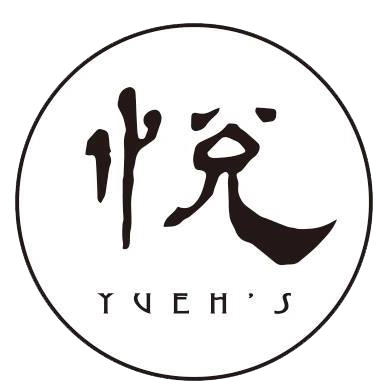History & Culture
Why Choose a Hand-Forged Knife?
Why Choose a Hand-Forged Knife Over a Machine-Cut or Laser-Cut One?
In a world dominated by industrial manufacturing, there are still areas where handmade craftsmanship remains entirely relevant. Knives are a perfect example. Whether it’s a kitchen knife, a hunting blade, a survival tool, or a camp knife, the choice between a hand-forged model and an industrial one, cut or machined by laser, raises a key question: Does it make a difference? And why do more and more professionals and enthusiasts turn to hand-forged blades?
1. Unmatched Build Quality
Internal steel structure
Forging a knife by hand involves hot-working the steel with a hammer or press, deeply altering its molecular structure. Repeated impacts compress the metal, align its grains, and remove microcracks, resulting in increased density, resilience, and strength. In contrast, laser-cut knives are simply shaped from cold-rolled steel sheets, without any densifying process. The metal remains neutral, sometimes even more brittle under intense use.
More reliable under extreme conditions
Forged knives better withstand bending, shocks, batoning (splitting wood with a knife), or heavy mechanical wear. This is why many field professionals—survivalists, forest rangers, bushcrafters, trappers—prefer forged knives: they know they will hold up in tough situations.
2. Full Control Over Heat Treatment
Tempering and quenching
The heat treatment phase (hardening then tempering) is crucial to achieving a durable and flexible blade. Skilled bladesmiths control this step by feel and experience, adjusting it for each blade’s shape, thickness, and type of steel.
In contrast, industrial treatments are standardized to fit the average blade, not each one. The result? A well-treated handmade knife can retain its edge longer and have a more forgiving spine, avoiding sudden breaks in extreme conditions.
3. A Living, Unique, Long-Lasting Object
Inimitable character
Every hand-forged knife is unique. You can see the marks of the hammer, the signs of shaping and finishing—each blade carries the signature of its maker. Where the thousands clone industrial knives, a forged knife is a personal object with a story: the story of the craftsperson who forged it, and of the person who uses it.
Raw or refined beauty
Some bladesmiths intentionally leave hammer marks to highlight the artisanal nature of the blade. Others polish their knives to a satin or mirror finish. Either way, the result is a functional object elevated to artistry.
4. Custom-Made for Your Needs
Tailor-made knives
Artisans can forge knives that are perfectly adapted to your needs and hand, from blade shape (straight, curved, drop-point…), to handle material (wood, micarta, horn…), to length, weight, and balance. It becomes not just a tool, but an extension of you.
Whether you need a multi-purpose camp knife, a precise wood-carving tool, or a top-end chef’s knife, the bladesmith can make it ergonomic and perfectly suited.
5. Exceptional Durability
Made to last generations
With basic care (sharpening, drying after use, oiling if needed), a hand-forged knife can last a lifetime or more. Its longevity far exceeds that of average mass-market knives, which may use steel that’s too soft (dulls quickly) or too hard (brittle).
Repairable and sustainable
Forged knives are often repairable. You can restore, re-sharpen, or re-handle them when needed. Most industrial knives, however, are disposable—they’re made to be thrown away when worn or broken.
6. Ethical and Responsible Choice
Support for local craftsmanship
Buying a hand-forged knife means supporting local artisans and preserving disappearing trades. It ensures transparency, human-scale production, and often short supply chains.
Less but better
In short: buy fewer tools, but better ones. A good knife encourages care, respect, and intentional use. It doesn’t just get the job done—it creates a meaningful connection between the user and the object.
7. Side-by-Side Comparison
| Feature | Hand-Forged Knife | Laser-Cut / Industrial Knife |
|---|---|---|
| Blade strength | Excellent – dense, refined structure | Average – depends on base material |
| Durability | Long-lasting – several generations | Shorter lifespan |
| Edge retention | Excellent – easy to sharpen and maintain | Varies – sometimes too hard or soft |
| Customization | Fully customizable | Not customizable |
| Aesthetic value | Unique, handmade | Uniform and impersonal |
| Ethical value | Supports artisans and local trade | Mass production, sometimes offshore |
| Price | Higher – justified by quality | Lower – often disposable |
Conclusion: A Knife with Soul
A hand-forged knife is not just a tool. It’s a faithful companion, an extension of your hand, a living object shaped by human hands. It offers a different relationship to the objects we use—one based on respect, longevity, and craftsmanship.
At a time when everything is mass-produced and disposable, choosing a handmade knife is a conscious act. It’s a way of saying: “I value what’s well-made, what’s meant to last, and what carries the soul of its maker.”

